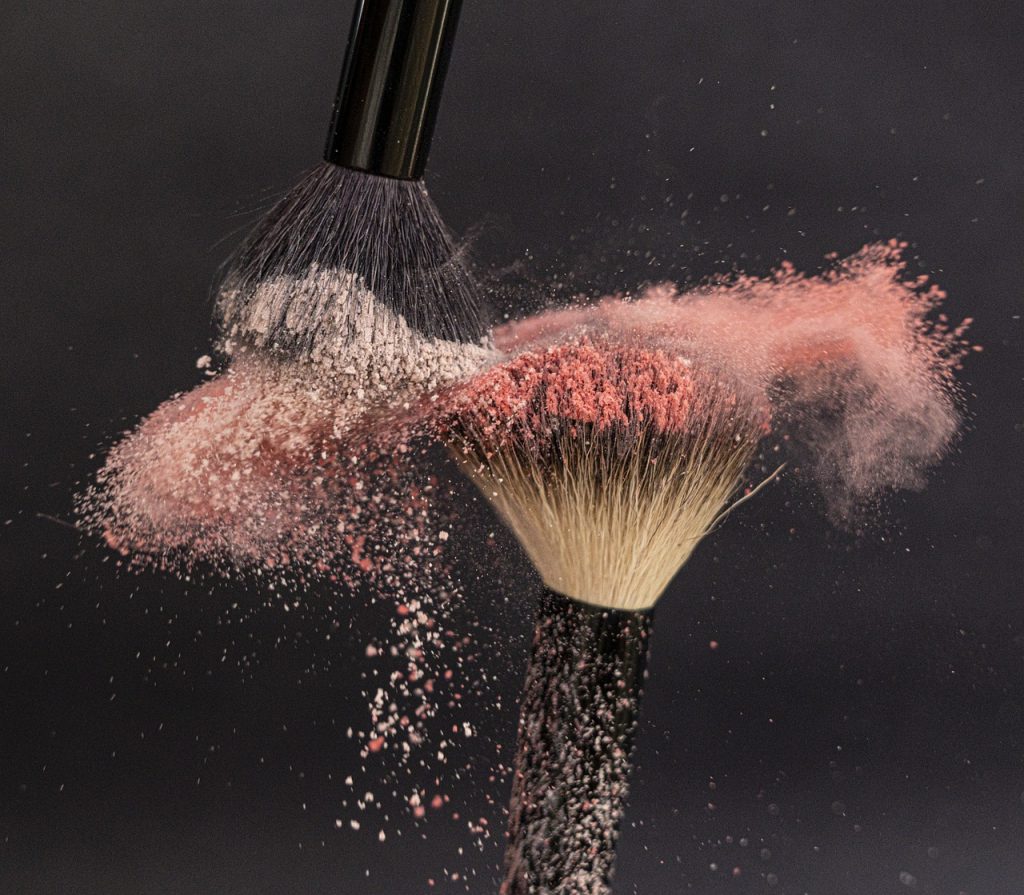Urban Expression: Street Art in Fashion
 Fashion, ever the chameleon of self-expression, finds a dynamic companion in the gritty and raw energy of street art. “Urban Expression: Street Art in Fashion” unveils a vibrant dialogue between the concrete canvas of city streets and the fabric of personal style. This article embarks on a journey where spray cans meet runways, and the streets become a gallery for the collision of urban aesthetics and high fashion.
Fashion, ever the chameleon of self-expression, finds a dynamic companion in the gritty and raw energy of street art. “Urban Expression: Street Art in Fashion” unveils a vibrant dialogue between the concrete canvas of city streets and the fabric of personal style. This article embarks on a journey where spray cans meet runways, and the streets become a gallery for the collision of urban aesthetics and high fashion.
In the heart of Urban Expression lies the essence of street art—an unapologetic form of visual storytelling born from the concrete jungles. Graffiti, murals, stencils—all these raw expressions of the streets now transcend from the walls to the garments. Street art’s influence on fashion is not a mere trend; it’s a cultural fusion where the unconventional becomes the new norm.
Clothing becomes a wearable canvas where street artists and fashion designers collaborate in a dynamic dance of colors and shapes. Graphic tees burst with vivid, rebellious strokes, and hoodies don intricate murals, bringing the energy of the streets to the everyday wardrobe. Sneakers, once practical urban footwear, transform into personalized masterpieces, telling stories with each step.
The Do-It-Yourself (DIY) culture inherent in street art infiltrates the world of fashion. Ripped denim, hand-painted jackets, and customized accessories become symbols of individuality and defiance against conventional norms. The streets, with their imperfections and bold statements, inspire fashion to embrace the beauty of the unconventional.
Street artists and fashion designers embark on collaborations that bridge the gap between underground expression and haute couture. Renowned graffiti artists lend their unique styles to clothing lines, blurring the lines between streetwear and high fashion. The streets, once considered an unlikely source of inspiration, now become the runway for urban authenticity.
Subversive statements become the hallmark of Urban Expression. Political activism, social commentary, and cultural rebellion find a voice in street art-inspired fashion. Clothing becomes a medium for dissent, challenging societal norms and making a powerful statement without uttering a word. Fashion transforms into a form of wearable protest.
Pop culture becomes intertwined with the urban aesthetic, bringing street art motifs into the mainstream. Logos inspired by graffiti tags, vibrant colors synonymous with street murals—these elements become symbols of rebellion and authenticity. What was once considered counterculture is now celebrated as an integral part of modern style.
The fusion of street art and fashion births the streetwear movement—a cultural phenomenon that goes beyond mere clothing. Streetwear becomes a lifestyle, characterized by comfort, authenticity, and an unmistakable urban aesthetic. Sneakers, hoodies, and graphic tees emerge as the iconic pieces of this movement, embraced globally by fashion enthusiasts.
In the digital age, the influence of street art in fashion extends beyond physical garments. Social media platforms become virtual galleries where street art-inspired designs, hashtags, and collaborations flourish. The digital landscape becomes a canvas for a global conversation on urban expression, connecting street art enthusiasts across borders.
As fashion embraces Urban Expression, it also navigates the delicate balance between appreciation and appropriation. The line between street culture influence and cultural sensitivity becomes crucial. Fashion designers and brands are challenged to collaborate respectfully, acknowledging the origins of their inspiration and giving credit to the vibrant communities that fuel the street art movement.
In conclusion, “Urban Expression: Street Art in Fashion” is a celebration of the raw, unfiltered energy that emanates from the streets and finds a home in personal style. It’s an acknowledgment that beauty can emerge from the unconventional and that the streets, with their graffiti-clad walls, are a canvas for self-expression. As fashion continues to dance with the urban aesthetic, it invites us to explore a world where the streets become a runway, and the language of rebellion becomes the fabric of our everyday attire. Welcome to a world where Urban Expression transforms fashion into a visual dialogue with the streets.








